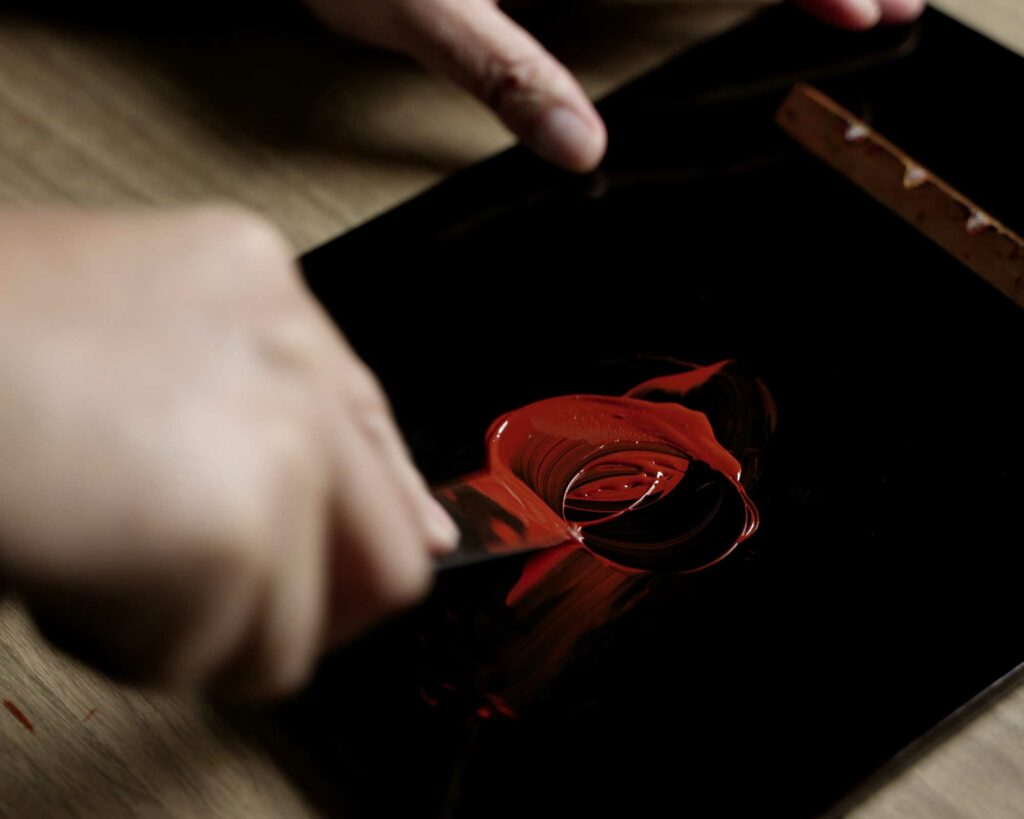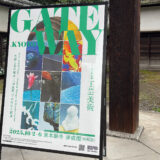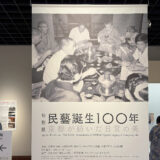Since launching the Kogei Art KYOTO website, we have published about 100 blog posts.
We will announce the rankings of the most accessed blog posts over the past year in three parts starting this time.
15th: Discovering the Magic of the New Year in Kyoto
This article introduces Kyoto’s serene and tradition-rich New Year celebrations. It highlights key customs such as Joya-no-Kane, where temple bells are rung 108 times to cleanse the spirit, and Osechi-ryori, beautifully arranged symbolic dishes served in lacquer boxes. Kyoto’s unique white miso Ozoni soup and decorative elements, such as kadomatsu and shimekazari, reflect its deep-rooted culture. Popular shrine visits for Hatsumode and local markets offering crafts and antiques further illustrate the city’s elegant and spiritual start to the year.

14th: Steve Jobs and Kyoto: A Pair of Mysterious Bonds
This article explores the profound connection between the Apple co-founder and the city of Kyoto. Jobs admired Kyoto’s authenticity, intricate craftsmanship, and cultural depth, which resonated with his design philosophy emphasizing simplicity and attention to detail. His appreciation extended to traditional architecture, gardens, and cuisine, particularly favoring the soba dishes at Misoka-an Kawamichiya, a historic restaurant that closed in December 2024. The article suggests that Kyoto’s aesthetics and spirit significantly influenced Jobs’s creative vision, exemplifying how cross-cultural experiences can inspire innovation.
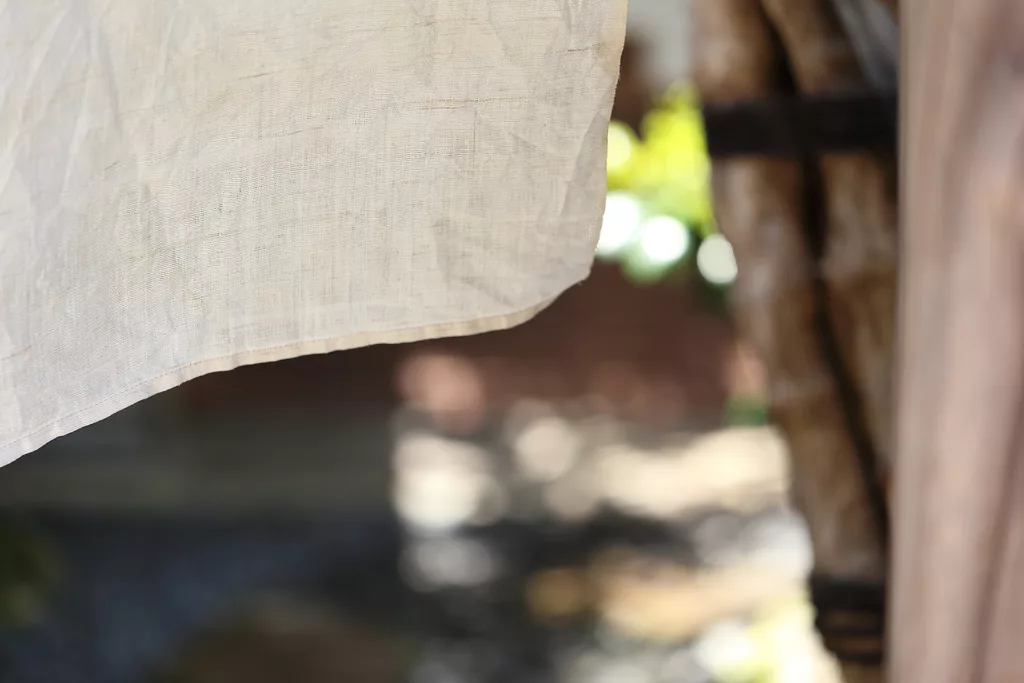
13th: The Historical Connection Between Japan and Gold: Art, Kogei, and Culture
This article explores how gold has shaped Japanese art, craftsmanship, and culture throughout history. Introduced in the 5th century, gold became central in religious and artistic expressions—from gilded temples like Chūson-ji and Kinkaku-ji to lacquerware techniques like makie. In the Edo period, cities like Kanazawa thrived on gold leaf production, while gold coins like koban reflected both value and beauty. Traditional crafts such as kintsugi continue to express gold’s symbolic power, illustrating Japan’s deep-rooted appreciation for refinement and imperfection.

12th: The Art of Gofun: A Kyoto Tradition | Universe of Kogei
This article delves into the traditional Japanese pigment known as gofun, made from finely ground shellfish shells like oysters and clams. Primarily composed of calcium carbonate, gofun is mixed with nikawa (animal-derived glue) to create a smooth, matte white finish. This pigment is notably used in crafting Kyoto’s Gosho dolls, where multiple layers are meticulously applied and polished to achieve a lustrous, ivory-like surface.
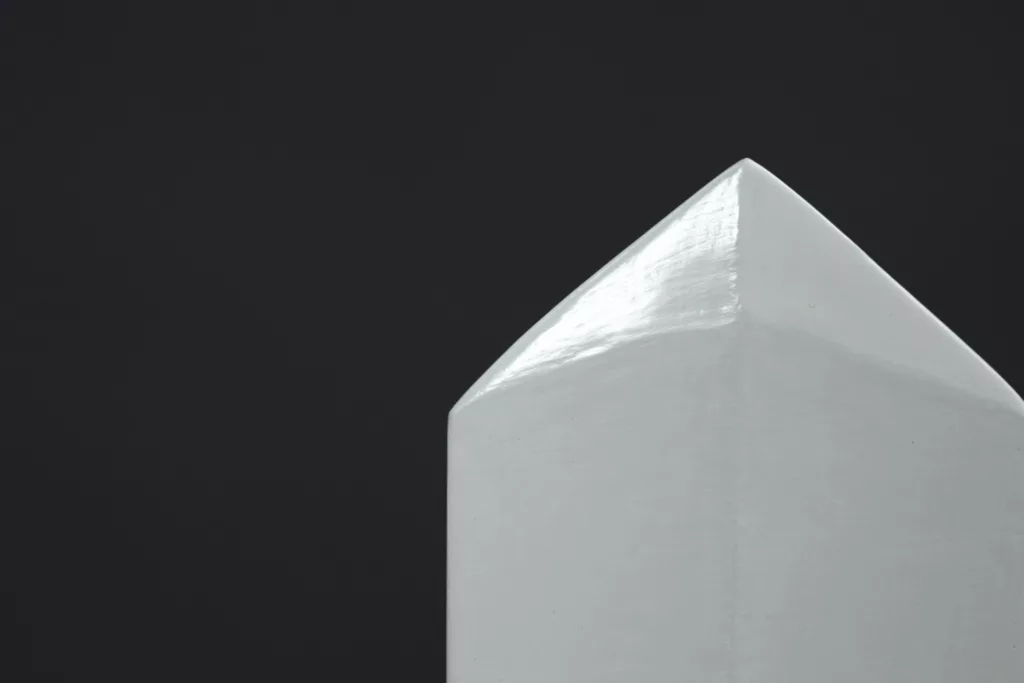
11th: The Art of Urushi – Lacquer and Its Timeless Allure
The article explores the timeless beauty of urushi, traditional Japanese lacquerware. Originating in the Jomon period, urushi evolved from a practical coating to a refined art form. It introduces key techniques such as Kyuushitsu (layering lacquer), Makie (metal powder decoration), Raden (mother-of-pearl inlay), and Kintsugi (repairing with gold). These methods reflect deep Japanese aesthetics like wabi-sabi and continue to inspire modern craftsmanship and design.
